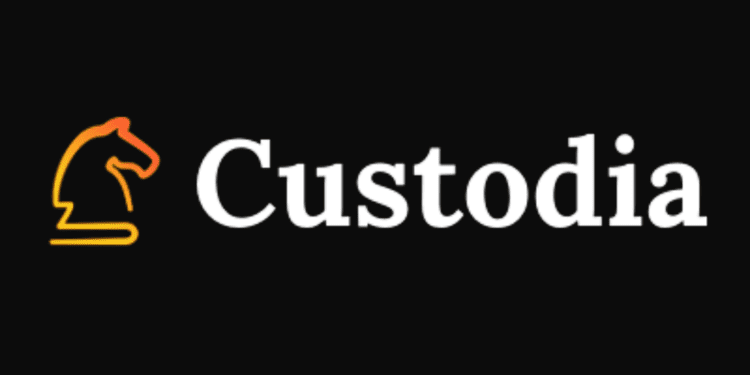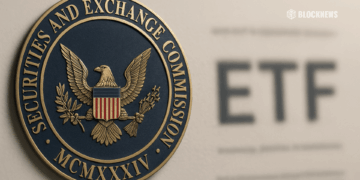- Custodia Bank, a tech-forward institution, has launched services that bridge digital assets with the U.S. dollar payment system.
- Despite initial regulatory challenges, including a denial from the Federal Reserve Board, the bank emerged as a regulated entity under Wyoming’s SPDI framework.
- The bank aims to serve globally, emphasizing regulatory clarity and risk minimization, with plans for future products like programmable accounts and custody services.
Last month, the eagerly-anticipated Custodia Bank began serving external business customers in select U.S. states. What sets this bank apart is its groundbreaking offering of U.S. dollar deposits, government money market fund services, and, with regulatory clearance pending, bitcoin custody. This suite of services promises to appeal to a broad range of clientele, including digital asset businesses, fintechs, banks, corporate treasurers, trusts, pension funds, and start-ups.
Custodia’s CEO, Caitlin Long, eloquently emphasized their dedication to both technological advancement and strict regulatory compliance. “We’re grateful to our partners, who appreciate our approach of complying with banking laws and regulations; to Wyoming for its enabling laws; to our team and investors; and to the law-abiding digital asset industry,” she said. This commitment has established a foundation for Custodia’s regional bank-style risk management program, ensuring they remain unique amidst their competitors.
The Ambitious Path of Custodia Bank
Custodia Bank’s journey to this groundbreaking launch was anything but smooth. Last December, the bank took proactive steps to communicate with the U.S. Federal Reserve, detailing their intention to complete a specific set of tasks — even when it wasn’t mandatory. Following through with independent reviews, forging new partnerships, and developing innovative services that met market needs are just some of the challenges they navigated.
Their commitment to innovation, however, met with skepticism. Early in January 2023, the Federal Reserve Board denied Custodia’s application to become a system member. The board cited “significant safety and soundness risks” associated with crypto assets and felt Custodia’s risk management framework was lacking. These concerns reflect the broader regulatory apprehensions toward both digital assets and narrow banking techniques.
Yet, adversity often breeds innovation. With unwavering resolve, Custodia leaned into Wyoming’s forward-thinking legal framework for Special Purpose Depository Institutions (SPDIs) and managed to emerge as a regulated bank. Their operation under the first SPDI legal and regulatory framework in the U.S. is a monumental achievement, enabling them to provide a comprehensive range of financial services for both U.S. dollars and digital assets.
Looking Ahead to Custodia’s Roadmap
While their initial focus is on U.S.-based business customers, Custodia’s aspirations are global. They aim to serve a worldwide clientele by offering regulatory clarity and minimizing transactional risks with their unique reserve model. Moreover, their website unveils plans for API solutions, paving the way for programmable accounts, payments, settlement options, and future custody products.
Custodia Bank’s launch is much more than just a new financial institution entering the market. It’s a symbol of persistence in the face of regulatory challenges and a beacon of innovation, bridging the gap between traditional finance and the rapidly-evolving world of digital assets. With its progressive approach, Custodia stands as a testament to the potential of a harmonious coexistence between the digital and the tangible in the financial realm.














